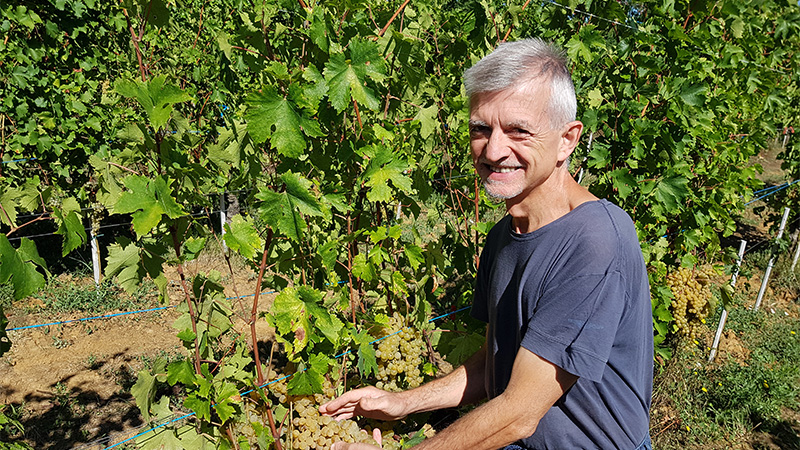Rib-sticking Bolognese. Giant wheels of Parmigiano Reggiano. Paper-thin slices of Prosciutto di Parma. Fragrant Aceto Balsamico di Modena. The region of Emilia Romagna is not only very much above the radar when it comes to Italy’s most celebrated foods; it’s smack-dab in the center of much of what we associate with Italian deliciousness. So why aren’t the region’s wines?
When pondering the great wines of Italy, rarely do the wines of Emilia-Romagna, long associated with sweet and fizzy Lambrusco and unremarkable table wines, come to mind. Instead, we think of the heady and age-worthy wines of Piedmont and Tuscany.
Enter: Colli Piacentini in the westernmost part of Emilia-Romagna. Established as a DOC in 1967, this hilly enclave (Colli Piacentini translates to “the hills of Piacenza”) along the border of Lombardy is dotted with medieval castles and vineyards that climb up the Apennine Mountains. It shares the same latitude as Turin in Piedmont and encompasses the five valleys of Val Tidone, Val Luretta, Val Trebbia, Val Nure, and Val d’Arda, basically dominating the Po Valley.
What separates this area from other parts of Emilia-Romagna is the range of elevation and soil. Vineyards reach as high as 1,500 feet above sea level, with soils that aren’t fertile but are nonetheless rich in minerality thanks to red clay, iron, silicon, magnesium, and limestone. And, while the region shares the same latitude as the Langhe, it is markedly warmer and drier. The resulting combination yields wines with body and power as well as distinct minerality and acidity thanks to the soil composition.
Cultivating Curiosity
It’s a story that’s been told many times before about a now-famous wine region: Area once known for mass-produced, low-quality bulk wines undergoes quality movement and is now the darling of somms, wine writers, and aficionados. While the same story can be told about Colli Piacentini, there’s something different going on here. Whether tasting the wines of the region or listening to its producers talk about them, terms like “unusual,” “peculiar,” and “curious” consistently come up far more than possibly accurate yet tired descriptors like “powerful,” “age-worthy,” and “top-quality” — words more typically associated with a hot new wine region. It’s a story worth following.
Colli Piacentini does not produce Lambrusco like the rest of Emilia-Romagna, opting instead for still wines of Gutturnio, a blend of Barbera and Croatina; Malvasia di Candia Aromatica; and Ortrugo, as well as some international varieties. The fact that Piacenza is a border town — surrounded by the more famous regions of Tuscany and Piedmont — means it has taken much of its influence from others, perhaps originally creating a bit of an identity crisis of its own. While this could have caused the region to simply model itself after its more famous cousins, Colli Piacentini is instead taking the best of its neighbors and forging its own path with a small pack of innovators leading the way.
The Pioneers of Piacenza
Lucio Salamini, son of Felice Salamini, who founded Luretta — perhaps the most prominent symbol of Colli Piacentini’s renaissance — feels Piacenza’s border location has contributed in an important way to the region’s wine identity.
“Colli Piacentini is remote and undiscovered, but, at the same time is at the center of the peninsula, and many commercial roads intertwine here; therefore it is at the center of a constant circulation of ideas and projects,” says Salamini. “Today, the new generation of producers are interpreting the area with great enthusiasm and a personal take, and the result is wines with extraordinary personality.”
Luretta’s self-described “disruptive and at the same time mysterious personality” promises to lure visitors with wines that are carefully produced, but intended to surprise, delight, and ultimately shatter expectations. To that end, Salamino eschews typical local production methods in favor of traditional French techniques, organic farming, and an emphasis on environmental sustainability. When applied to indigenous grapes, he aims to increase the body and complexity of the wines while still preserving the unique terroir of the region, creating wines that — in an interesting departure from chasing wine scores and critical acclaim — “stimulate curiosity.”
Others in Colli Piacentini have been on this quest for decades now. Long considered a pioneer of the region, La Tosa — run by Ferruccio and Stefano Pizzamiglio, who purchased the land in 1985 — has been cultivating the potential of the region since long before anyone truly recognized just how special the terroir was.
“Since 35 years ago, in total contrast to the production in Emilia Romagna, we (plus maybe five, six more producers) have been following the path of our territory, characterized by not very fertile soil, rich in clay and mineral substances, and by a rather hot climate,” says Stefano, “and the path of our taste, tuned on still and structured wines.”
Recognizing that tourism is key to raising awareness among consumers of these lesser-known wines, La Tosa also has a robust agritourism program as well as an on-site museum dedicated to the wines of the region.
Torre Fornello in Val Tidone celebrates the rich history of Piacenza while also keeping an eye on the international market and consumer — producing wines from local grapes as well as offbeat and secondary grapes from other hidden-gem regions.
“The main territorial and indigenous grapes are Malvasia di Candia Aromatica, Ortrugo, Marsanne, Bonarda, and Barbera, which give rise to wines with so much personality and uniqueness,” says Enrico Sgorbati, owner-winemaker at Torre Fornello. “The result is to produce wines different from the usual, that always intrigue the consumer.”
Colli Piacentini’s Mad Scientists
Creative production methods and low-intervention winemaking also reign supreme in Colli Piacentini. At the helm of Baraccone — among the hills of Ponte dell’Olio in Val Nure — is Andreana Burgazzi, a relentless experimenter working in the legacy of her father to produce wines that have no borders and are not market-driven. Her Filiblù takes its name from the blue threads on which she hangs Cabernet Sauvignon grapes to dry using the Amarone technique — an unusual method not only for the region, but for the Cabernet grape in general.
Similarly, La Tosa’s Malvasia di Candia Aromatica was the first to be vinified as a still wine rather than sparkling. Torre Fornello was one of the first to market an orange version of the grape as well, with a wave of skin-contact whites, metodo ancestrale (a.k.a. pét-nat) sparkling wines, and wines with no added sulfites from producers like Denavolo, La Stoppa, and Bulli building in the region.
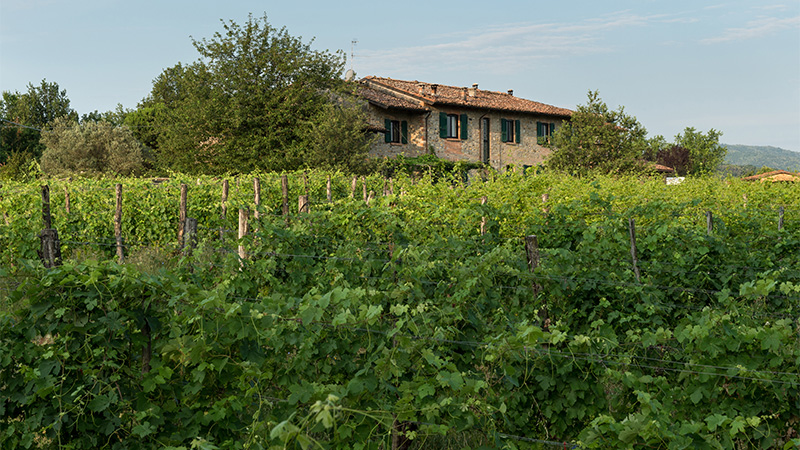
When speaking with these winemakers, there is an unmistakable passion that comes through — you can almost taste the twinkle in their eyes. One wonders if some of these producers secretly hope the region remains a best-kept secret.
“I want to take everything that is extraordinary in these soils and vineyards and combine it into a wine without excess,” says Salamini. “If I can hazard a comparison, my wines are like those people you miss when they leave rather than disrupting everything when they arrive.”
Pizzamiglio echoes this sentiment: “I hope that the fame of our region will grow, but always with harmony and balance,” he says. “To be honest, I would never want to see wines from my region (even my own ones) be sold at prices so high as to keep them away from true wine lovers.”
Cultivating the Consumer
So how do true wine lovers, and the curious wine dreamers the region seems to covet, uncover the wines of Colli Piacentini? A wine region that unapologetically champions obscure varieties, produced with a minimalist approach to winemaking to be terroir-driven and food-friendly, can, at times, be a tough sell outside of the local context in which they are made.
New York-based Master of Wine Roger Bohmrich says the range of styles produced in Piacenza helps. “Only a portion of drinkers will be open to taking a chance on a wine they don’t know,” says Bohmrich. “That said, interests and tastes are always changing. This favors a denomination such as Colli Piacentini, which offers a wide scope of styles, both still and sparkling.” Varietal labeling may also help these wines gain more international recognition, notes Allie Balin, food and beverage director of Deep Dive Hospitality.
She also gives consumers more credit, challenging the U.S. hospitality industry to champion regions like Colli Piacentini more broadly. “The best way to get consumers excited about lesser-known regions is to put wines from those regions on restaurant and bar lists and on wine shop shelves,” she says. “There’s a widespread misunderstanding, even among professionals in the wine world, that it’s hard to sell wines from anywhere besides recognizable grape-growing regions and by recognizable producers. The reality is, the vast majority of wine drinkers are interested in trying new wines and expanding their horizons.”
Is your wine curiosity officially piqued? Here are 10 wines from Colli Piacentini to help you expand those horizons.
Baraccone Ronco Alto Gutturnio Riserva
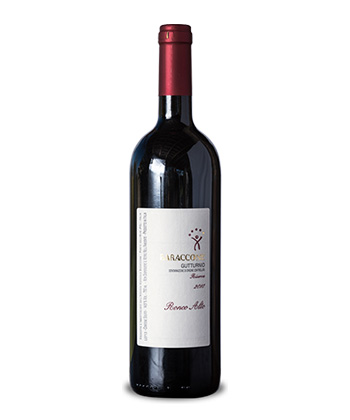
Average price: $20
Baraccone Filiblù Cabernet Sauvignon
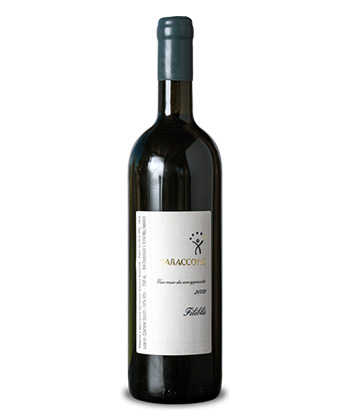
Average price: $37
La Stoppa Macchiona
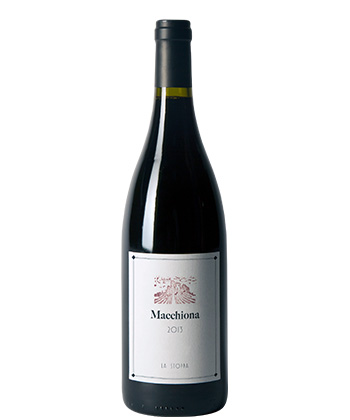
Average price: $51
La Tosa Sorriso di Cielo Malvasia di Candia
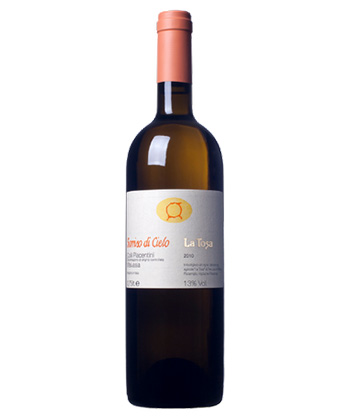
Average price: $34
La Tosa Ombra Senz’Ombra
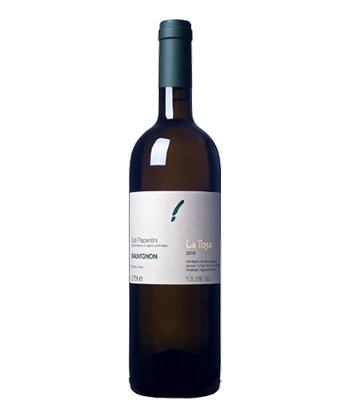
Average price: $17
Torre Fornello UNA Organic Malvasia di Candia

Average price: $38
Torre Fornello Donna Luigia Malvasia Aromatica di Candia
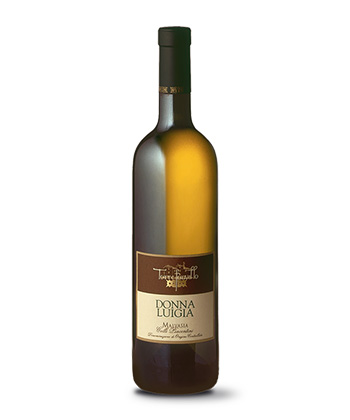
Average price: $16
Luretta Gutturnio Superiore
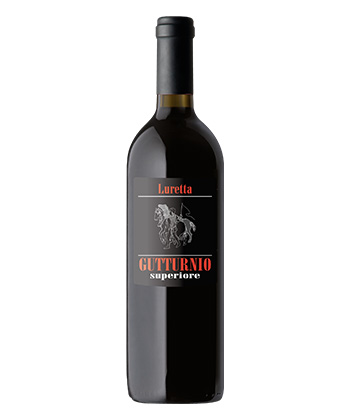
Average price: $24
Luretta Boccadirosa Malvasia di Candia
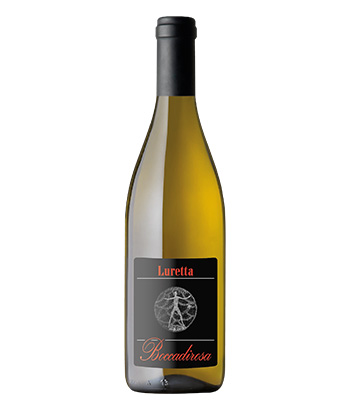
Average price: $24
Bulli Sampagnino Colli Piacentini Frizzante
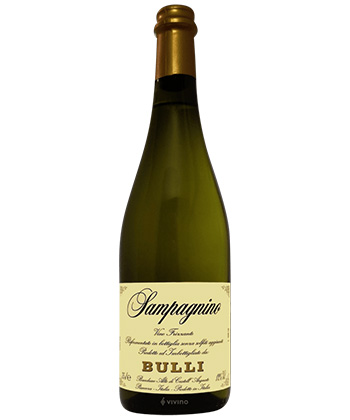
Average price: $16

